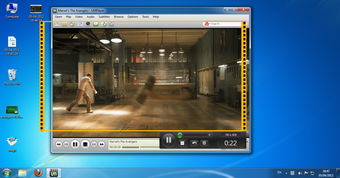
Note: Apple is now selling a version of these buds with a MagSafe case, which you can pair with a MagSafe charger for a more secure connection when charging. My only gripe? Battery life, which stands at a paltry 4.5 hours (outside of the additional 19.5 hours you get from the charging case). The built-in vents mean the "plugged-ear" feeling you get with some other buds isn't here, and an IPX4 rating makes them great at the gym. You'll rarely hear your kids squealing in the next room when you're trying to get some work done. We also love the active noise-canceling feature. The ear tips create a better seal with your ears for dynamic bass response. For one thing, they're much more comfortable and secure, thanks to silicone ear tips that replace the standard AirPods' hard plastic. You may have to right-click on the vSphere Client icon and choose Run as administrator.The AirPods Pro ( 8/10, WIRED Recommends) are easily worth the premium you'll pay over standard AirPods. You can now launch vSphere Client from a Windows 7, Windows 2003, or Windows 2008 R2 machine. Note: For 32-bit operating systems, replace Program Files (x86)with Program Files. Create a new System variable called DEVPATH and assign the value:Ĭ:\Program Files (x86)\VMware\Infrastructure\Virtual Infrastructure Client\Launcher\Lib.In Windows 2008 R2, Windows 7, or Windows 2003 System Properties, click the Advanced tab > Environment Variables.Add the following three lines to, just before :.The file is located at C:\Program Files (x86)\VMware\Infrastructure\Virtual Infrastructure Client\Launcher. Note: If the lib directory does not exist, create it. Copy the file to C:\Program Files (x86)\VMware\Infrastructure\Virtual Infrastructure Client\Launcher\lib.

This file is typically located in %SystemRoot%\Microsoft.NET\Framework\v7\ directory of a non-Windows 7 or Windows 2008 R2 machine with.

NET loading mechanism change in Windows 2008 R2, Windows 7, and Windows 2003. Prior to this update, the vSphere Client is not supported in Windows 7, Windows 2003, or Windows 2008 R2 and it does not run in Compatibility Mode. This issue is resolved in VMware vSphere 4.0 Update 1.



 0 kommentar(er)
0 kommentar(er)
